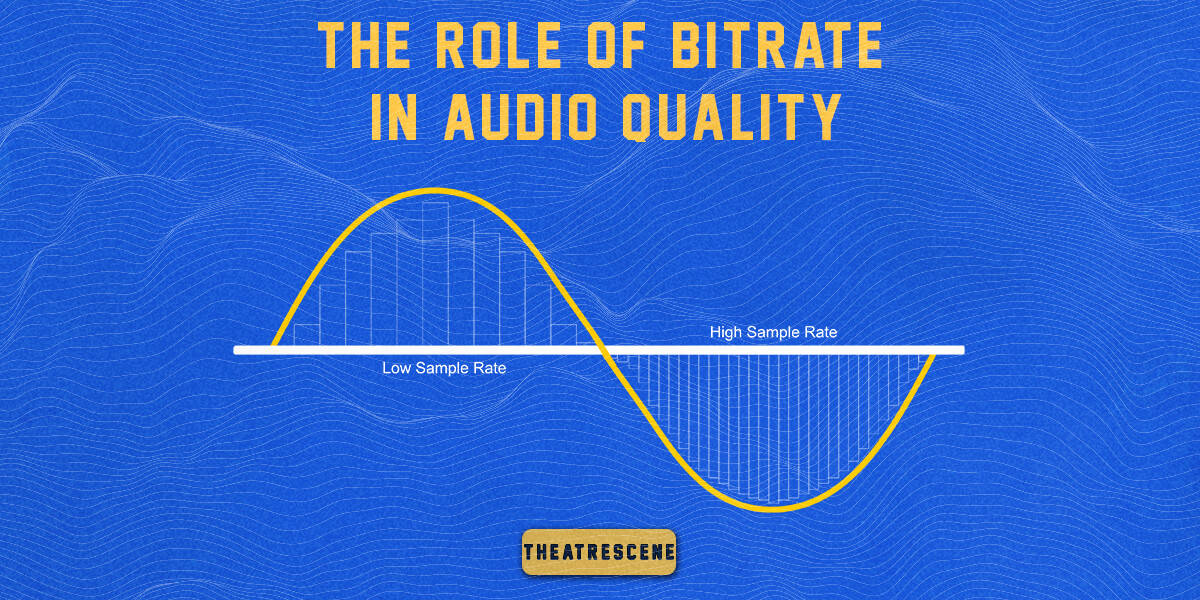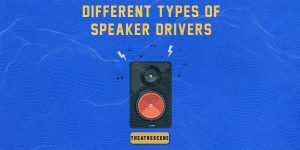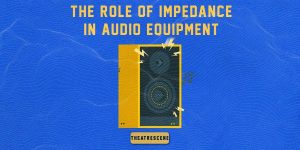The term “audio bitrate” often pops up when discussing sound quality, but what does it really mean? Well, audio bitrate determines the amount of data processed per second in a given file. Just as pixels matter in pictures, bitrate plays a pivotal role in audio quality.
Whether you’re a streaming enthusiast or just someone who loves good sound, understanding bitrate is critical. Today, we unravel its significance and its role in ensuring pristine audio experiences!
What is bitrate?
Bitrate is all about the amount of data used to encode a single second of sound. The more data you use, the more detailed and clear your audio can be.
We usually measure bitrate in kilobits per second or kbps. Imagine kbps as the size of the pipeline delivering your audio. A bigger pipeline (higher kbps) can deliver richer, higher-quality sound. On the flip side, a smaller pipeline might give you a quicker download, but the sound quality takes a hit.
In the realm of data communication, this means that a higher bitrate song or stream is sending more data per second. It’s like having a richer, more detailed conversation about a song’s nuances.
How bitrate impacts audio quality
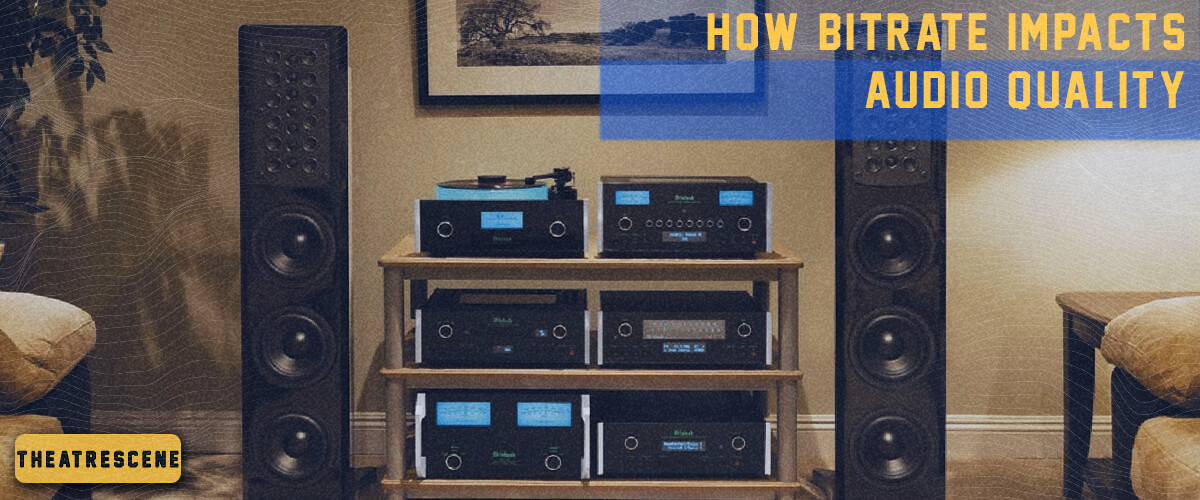
Talking about audio files, they can be quite hefty in size. To manage this, compression is employed to reduce the file size, making it easier to store and stream. This is where bitrate comes into play. A higher bitrate means that the audio file is less compressed, retaining more of its original quality. In simpler terms, more data per second is being processed, ensuring a richer and clearer sound.
Now, you might be wondering, “What’s a good example of a high-bitrate format?” Well, FLAC is a great one. FLAC stands for Free Lossless Audio Codec, and it’s known for having a high FLAC bitrate, ensuring top-notch audio quality. With FLAC, you’re getting a nearly identical copy of the original recording!
But here’s where it gets interesting. Even with compression, clever algorithms are at play to preserve the audio quality as much as possible. This is known as perceptual coding. These algorithms are smart; they analyze the audio and strip away details that are less likely to be perceived by the human ear. It’s a delicate balancing act, trying to reduce the file size while keeping the audio quality intact.
Lossless vs lossy compression
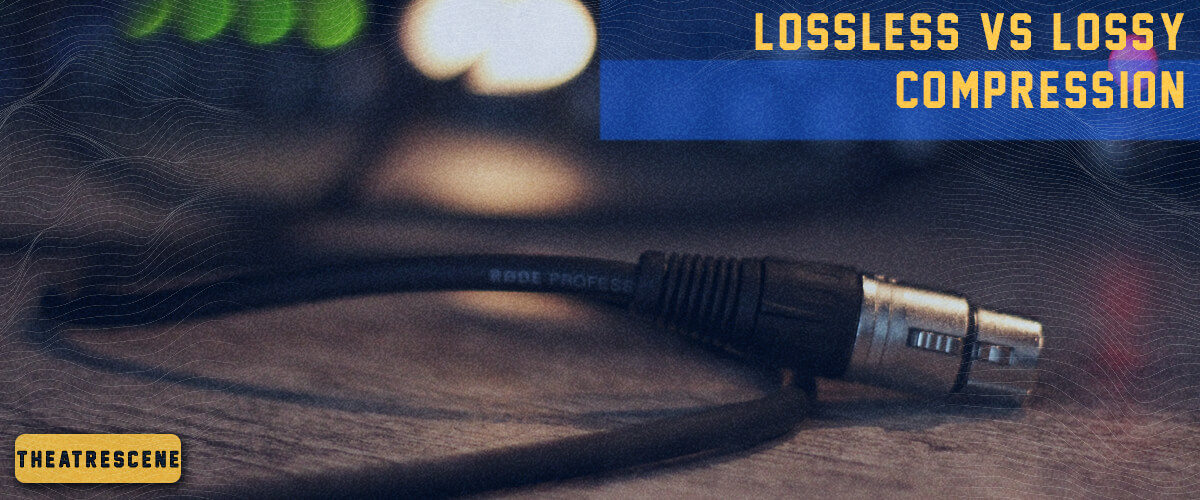
Alright, let’s chat about lossless and lossy compression because these terms are vital in our audio quality journey. Lossless compression is like a magic trick for your audio files; it reduces their size without losing any data. Imagine zipping a file but for sound. FLAC is a popular format here. On the other hand, Lossy compression shrinks files even more but at a cost. It tosses out some data to save space. MP3 is the poster child for this category.
Now, how does bitrate affect audio quality exactly? Well, in lossy formats like MP3, data gets compressed to save space, and a lower bitrate can mean losing some audio details – the subtle instruments in the background, the crispness of the vocals, you name it. On the flip side, lossless formats like FLAC keep all the original data intact, so even at a lower bitrate, you’re not sacrificing kbps audio quality.
Optimal bitrates for different uses
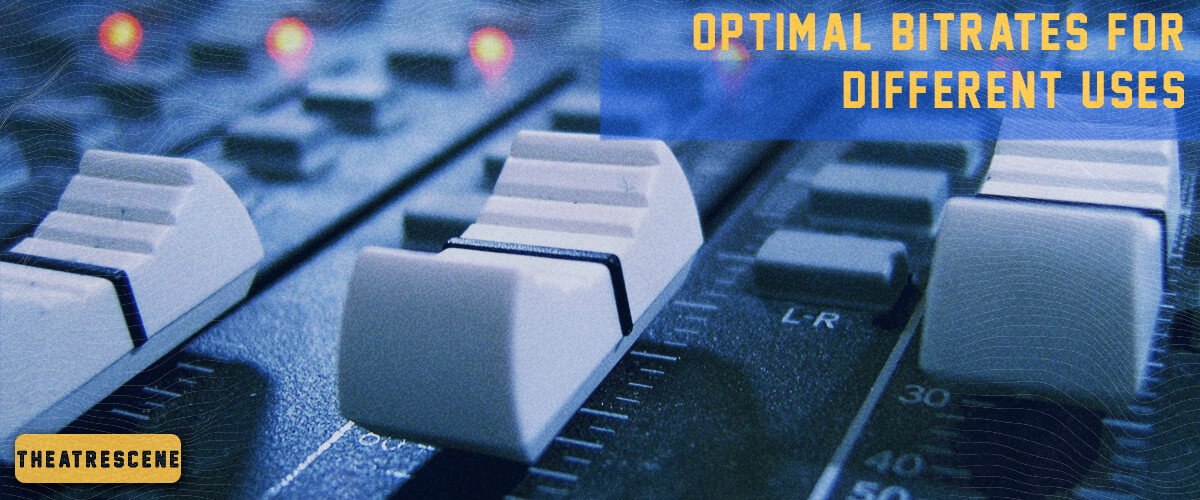
- Everyday listening: You’re probably streaming music on your phone or jamming to tunes in the car. For these scenarios, a bitrate of 128 to 256 kbps (kilobits per second) works just fine. You’re getting decent quality without gobbling up all your data or storage space. Apps like Spotify do a great job at balancing this, providing good enough sound for on-the-go moments.
- Audiophile listening: Now, for the audiophiles out there seeking sonic perfection, we’re talking a different ball game. You’ll want to aim for lossless formats, which usually have bitrates starting around 1411 kbps. Formats like FLAC or Apple Lossless ensure you’re getting the full audio experience, just as the artists intended.
- Broadcast and professional use: When it comes to radio broadcasts, podcasts, and professional audio work, the game changes yet again. For FM radio, a bitrate of 192 kbps is a common standard, ensuring clear and robust sound for listeners. Podcasts can vary widely, but a good middle ground is 96 to 128 kbps for spoken word – balancing quality and file size.
Understanding these nuances ensures that whether you’re an everyday user or a professional, you’re picking the right bitrate for the right situation.

